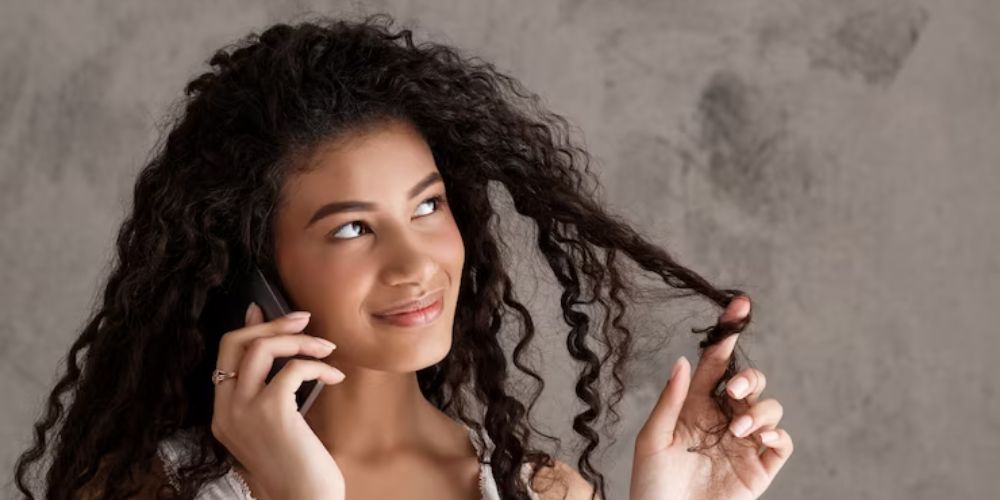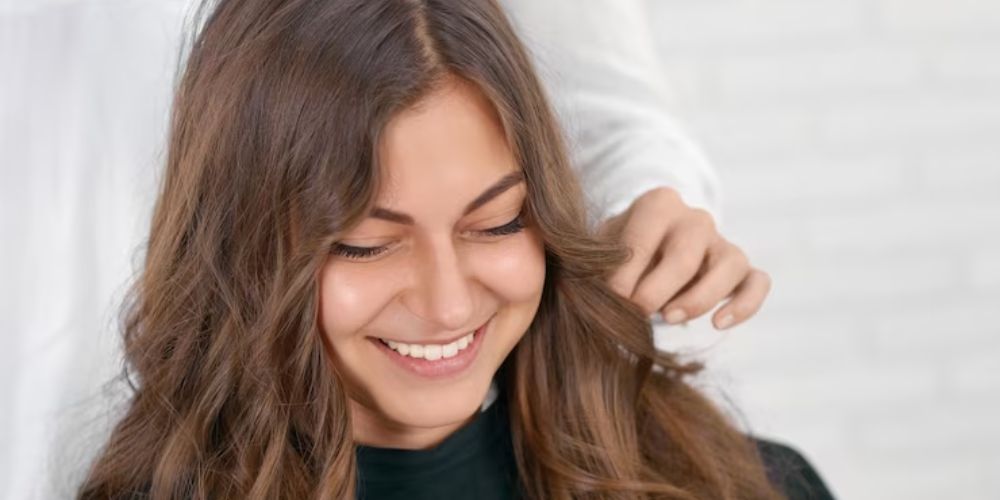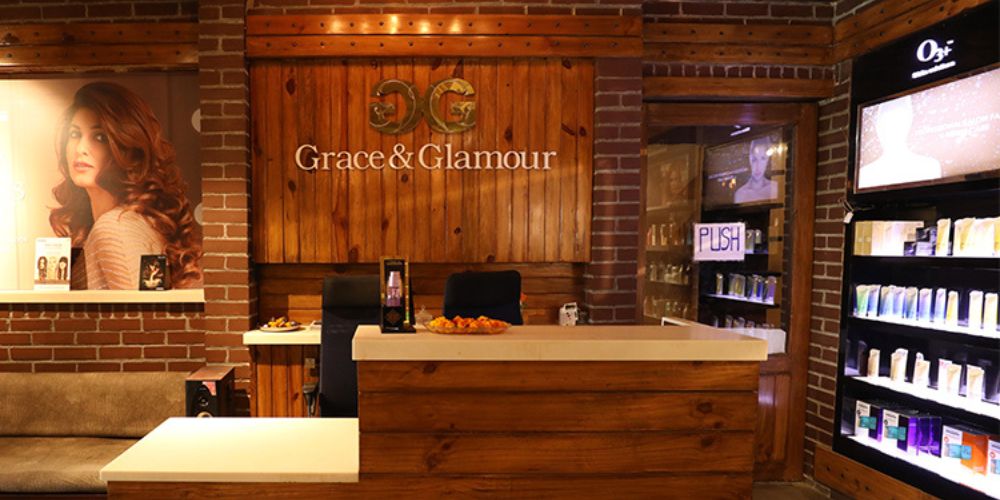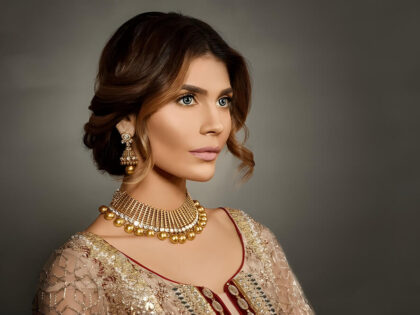When it comes to understanding the science behind our hair, keratin plays a pivotal role. This structural protein not only contributes to the strength and health of our locks but also has a significant influence on our hair’s texture and curl pattern. Whether you have naturally straight hair or bouncy curls, the presence and arrangement of keratin & Hair Botox molecules in your hair shafts contribute to the unique characteristics of your tresses. In this article, we’ll delve into the fascinating world of keratin and its impact on hair texture and curl patterns.
The Role of Keratin in Hair Texture
Keratin is a fibrous protein that forms a protective layer around the hair shaft. It’s responsible for the structural integrity of our hair, determining its strength, flexibility, and texture. The concentration of keratin, as well as the arrangement of its molecules, directly affects how your hair feels and looks.
Straight Hair: Hair that is naturally straight usually has a lower concentration of disulfide bonds, which are responsible for creating kinks and curls. The even arrangement of keratin molecules in straight hair results in a smoother, sleek texture.
Wavy Hair: Hair with a slight wave owes its texture to a moderate number of disulfide bonds and a slightly irregular arrangement of keratin molecules. This combination creates gentle waves that add dimension to the hair.
Curly Hair: Curly hair has a higher concentration of disulfide bonds and a more irregular arrangement of keratin molecules. This causes the hair shaft to bend and curl, resulting in the classic curly texture.
Keratin and Curl Patterns
The interaction between keratin and disulfide bonds is a key determinant of your hair’s curl pattern. Disulfide bonds are responsible for creating the twists and turns in the hair shaft, shaping the curls that you see.
Type 2 (Wavy) Hair: Individuals with wavy hair have fewer disulfide bonds, resulting in a loose S-shaped pattern. The arrangement of keratin molecules supports this gentle wave formation.
Type 3 (Curly) Hair: Curly hair is characterized by a more pronounced S-shaped or corkscrew pattern. The increased number of disulfide bonds and a more irregular keratin arrangement lead to these tighter curls.
Type 4 (Coily/Kinky) Hair: People with coily or kinky hair have a high density of disulfide bonds and a highly irregular arrangement of keratin molecules. This results in tightly coiled or zigzag-shaped hair strands.
Grace and Glamour Salon
At Grace and Glamour Salon, we understand that your hair’s unique texture and curl pattern are essential parts of your identity. Our skilled stylists are well-versed in the science of hair and can help you embrace and enhance your natural texture. Whether you’re seeking to tame unruly curls, define waves, or explore styling options, we’re here to offer personalized solutions that bring out the best in your hair.
Conclusion
Keratin isn’t just a protein that contributes to hair health; it’s a major influencer of hair texture and curl patterns. The arrangement of keratin molecules and the presence of disulfide bonds create the beautiful diversity of hair types we see. Embracing your natural texture and curl pattern is a wonderful way to showcase your individuality. And if you’re looking to make the most of your hair’s unique characteristics, Grace and Glamour Salon is your trusted partner in achieving the perfect look that complements your hair’s natural beauty.
Related:- Keratin Treatments: Myth vs. Reality for Hair Repair





